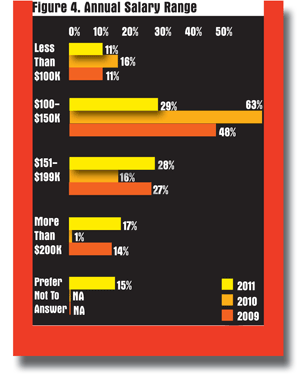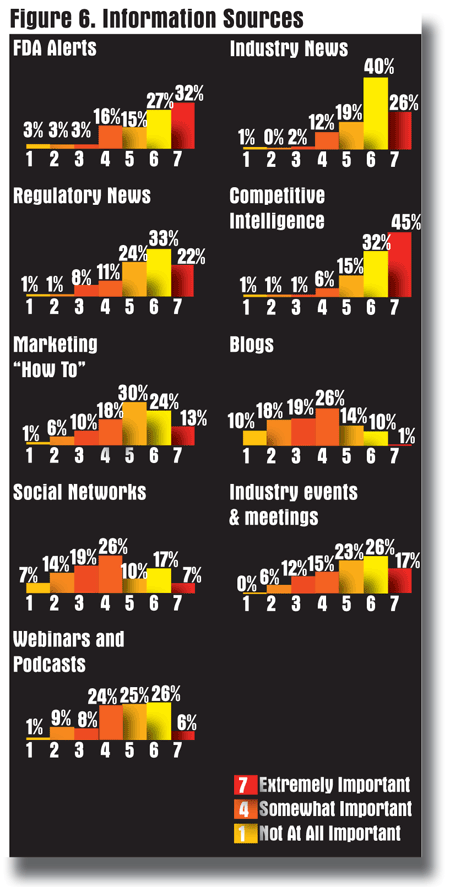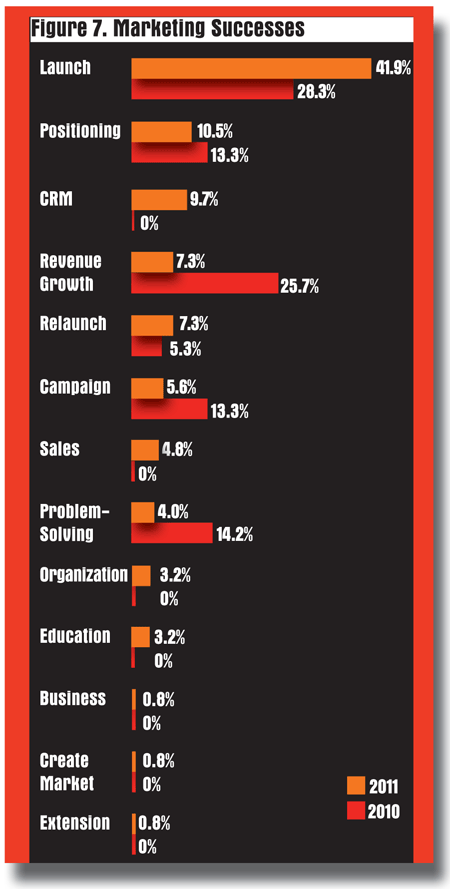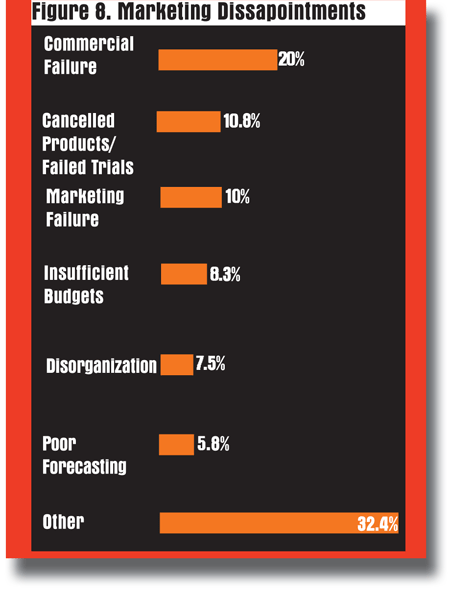The emergence of social media, evolving prescriber information demands, and new data sources makes this one of the most dynamic and challenging times to plan strategy for medical marketing. Here are some of the trends, and some approaches marketers can use to give their products the winning edge.
Blockbuster introductions and well-established marketing strategies have molded the pharmaceutical industry for the past few decades. The next 20 years, however, will demand shifts in marketing to accommodate evolutionary changes in prescriber preferences and disruptive new technologies. Long term developments—like the expanded role of biologics and the rise of personalized medicine—will require new models of prescriber education and may well redefine sales. Some of these changes have already started to emerge, and we are beginning to see how science, communications and the business side of pharmaceuticals will take shape in the future. Marketing strategies will have to incorporate not only what doctors think about a product but also what doctors think about the manufacturer. Increasing patient loads decrease the time doctors feel they can spend with a sales representative or at a dinner meeting, raising the bar to marketing access. To get over this bar, a winning strategy will have to focus on providing the information doctors find valuable, and this strategy will have to use increasingly interactive as well as traditional channels.

In this article, we will explore three examples of new sources of information that can leverage these trends. First, we’ll look at one way that new media are supplanting some traditional information channels and how the internet is making it easier for doctors to share information with their peers. Second, we’ll look at how understanding patient segmentation is important to driving market share. Last, we’ll explore how messaging strategy can be used to guide campaign effectiveness.
SURGEONS AND PEER LEARNING
Surgeons have always presented unique challenges in the design of marketing programs. They use new technologies and constantly drive for more effective techniques and procedures. This creates a sales environment where salespeople sometimes become operating- room instructors instead of delivering conventional details. It should be no surprise that technophile surgeons have begun to embrace new media as vital sources of information. A YouTube search for heart surgery videos returns more than 15,000 results; many of these are not manufacturer-provided, but produced by practicing doctors—from media stars like Dr. Oz to the working surgeons in local hospitals and clinics.


In an ongoing study, CSD is finding that between 75% and 80% of participating surgeons make use of on-line videos. These surgeons increasingly source the videos from un-moderated web sites like YouTube, and not from manufacturers’ web sites—a striking indication that marketing strategies in the new decade will have to consider the impact of new media on physician mind-share. In this same study, doctors said that they increasingly watch peer-provided videos instead of those provided by manufacturers or professional organizations. This represents a significant paradigm shift for medical marketing, reflecting the broadening role of peer influence.
Information in medicine has traditionally been provided through a rigid hierarchy of sources, most of them controlled by the manufacturers in one way or another. We are now seeing this balance shift away from manufacturers, and towards payers, government and peers. Marketers will have to add these new information sources to our analyses—much as we incorporated the impact of DTC advertising over the last decade. Just as we now rely on consumer pull-through and disease-awareness campaigns, marketing strategists will have to incorporate a model for managing social media as well as on-line hierarchical communications.
PATIENT SEGMENTATION AND DISEASE PROFILES
Over the past decade, American pharmaceutical marketers have enjoyed the ability to look at de-identified patient longitudinal data (LPD). Efforts are now maturing that tie LPD to diagnosis-related sources— such as billing, insurance payments, and hospital discharge data. The next step is to tie patient evaluation, diagnosis, and treatment together at the chart level on a country-wide basis. This data is currently available in Europe for many disease areas—the analysis below is based on a longterm syndicated chart-review study from 6,842 patients treated by diabetologists in the UK. (GP-level EHR data is also available on 77,000 diabetes patients but not included in the analysis.)
Diabetologists in the UK, as elsewhere, are called on when patients’ GPs are unable to control their disease through first- and second-line therapies. These doctors serve as the gatekeepers and the de-facto decision-makers for therapy on many patients who receive regular GP care. Figures 4, 5, and 6 compare three insulin products commonly used for controlling blood glucose levels in Type 1 and Type 2 patients.



These data give us, as marketers, some insight into how patient and disease characteristics map to treatment choice. For example, Figure 4 shows few differences in HbA1c levels (a measure of how well diabetes is being controlled) among patients treated with Humalog and Novolog, but the data demonstrates that Apidra is a slightly preferred therapy for the hardest-to-control patients.
How do these trends map to sales? Figure 5 looks at the NRx “opportunities” segment (New Patients, Switches and Add-ons). It shows that, despite the small differences in treatment profiles, the NovoNordisk products hold a dominant marketing position over the Humalog products. Apidra shows a slight rise in new patient market share that was not sustained into the 4th quarter.
It should be noted that total marketing spending to diabetologists for all three products was roughly equal during this period, as the newer Apidra ramped up its spending in the first three quarters of 2009 to match the levels of its competitors (and as increases in market share tracked the ramp-up of spending). Apidra’s and Humalog’s shares-of-voice for detailing were about double Novo’s. There was one big difference in marketing strategy in this period: while Humalog focused on the needleinjection formulation, Novolog focused its marketing on the pen form of auto-injector.
As marketers, we have to ask how this “micro data picture” fits into the final sales results. Figure 6 shows one final piece of the puzzle—the reasons doctors switched patients away from each drug. Here we see two factors that appear to dovetail with the physicians’ preference for prescribing Novo products: patients often ask to switch away from Humalog, and doctors often switch away from Apidra because of its side-effect profile.
From this exercise, we can evaluate the factors that marketers might take into account as their products face increased competitive spending in a market that they largely control. Novo’s drugs stack up well against the competition for specialists’ preference for treating most patient profiles; they are vulnerable to Apidra only for the sickest of patients. Novo focused its marketing efforts on method of administration, which resonated well with the patients and generated patient demand.
(Note: The UK relies heavily on diabetic patient education via nurses as a key part of treatment. This allows diabetes marketers to generate patient demand via nurse-focused marketing in the absence of the DTC advertising pull-through that we would use in the US. For Novo, this strategy seemed to be effective in protecting market position under major competitive pressure.)
LISTENING TO WHAT DOCTORS HEAR
The last area with improved data capabilities is detail and meeting messaging. Figure 8 shows an analysis of messaging in the overactive bladder (OAB) market during 2010. Details for both Toviaz and Gelnique showed significant impact with the prescribers: Prescribers rated about 80% of these product details as “highly interesting.”


When doctors rated their intent to change their prescribing practices in response to the messages, however, we see big differences in the impacts of the differing strategies. While the efficacy and indication messages resonated well for both products, we find that Gelnique had significant prescribing impact with its safety and tolerability message. Toviaz spent a large amount of time detailing its patient support programs, those messages had very little impact on doctors’ intent to prescribe. Based on the relative impact of the Toviaz messages, a strategy that emphasizes indication may be more effective.
CONCLUSION
In a short space like this, it’s difficult to do more than scratch the surface of these new developments. I hope that these examples managed to give some insight into emerging trends, and help marketers think about how to leverage them to increase marketing effectiveness. No doubt, as Net 2.0, social media and cloud computing begin to mature, there will be even more changes that we can only dimly foresee from our viewpoint in 2011.




